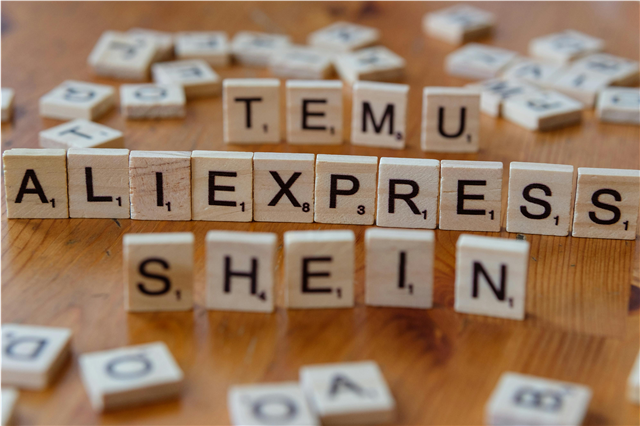
How do e-learning platforms help with content delivery
In today's digital age, e-learning platforms have transformed the educational landscape, making knowledge more accessible than ever before. From ancient civilizations to cutting-edge technology, these platforms are revolutionizing how we consume information. Here are seven fascinating facts that reveal how e-learning platforms are supercharging content delivery across the globe.
1. Content Reaches Learners 5x Faster Than Traditional Methods
E-learning platforms have dramatically accelerated information dissemination. While traditional classroom settings require physical presence and scheduled sessions, digital platforms deliver content instantly to thousands of learners simultaneously. This means that breaking news, updated research findings, or emerging industry trends can reach eager minds within minutes rather than weeks.
The speed advantage becomes even more apparent when considering global reach. A professor in Tokyo can share groundbreaking research with students in São Paulo, London, and Mumbai all within the same 24-hour period – something impossible with conventional educational methods.
2. Interactive Multimedia Increases Information Retention by 75%
Modern e-learning platforms leverage videos, animations, virtual reality, and gamification to deliver content that sticks. Did you know that learners remember 75% of what they see and do, compared to just 10% of what they read and 20% of what they hear?
These platforms transform dry facts into engaging experiences. Historical events come alive through virtual reality tours of ancient Rome, complex scientific concepts become clear through 3D animations, and language learning accelerates through interactive conversation simulations.
3. AI-Powered Personalization Delivers Tailored Content to 300 Million+ Users
Artificial intelligence within e-learning platforms analyzes learning patterns, preferences, and performance to customize content delivery for each individual. Platforms like Coursera, Khan Academy, and Duolingo serve over 300 million users monthly with personalized learning paths.
This means that two learners interested in the same subject – say, astronomy – might receive completely different content sequences. One might start with basic planetary science through interactive videos, while another might dive directly into advanced astrophysics based on their demonstrated prior knowledge.
4. Microlearning Bites Make Complex Topics Digestible for 94% of Workers
E-learning platforms have mastered the art of breaking down complex information into bite-sized, easily digestible chunks. Research shows that 94% of employees prefer microlearning modules over traditional hour-long lectures.
This approach transforms overwhelming subjects into manageable learning experiences. Instead of sitting through a 3-hour lecture on quantum physics, learners can absorb key concepts through 5-minute videos, quick quizzes, and interactive flashcards – all delivered seamlessly through their e-learning platform.
5. Offline Content Delivery Reaches Remote Areas Without Internet
Modern e-learning platforms employ sophisticated caching and offline delivery systems that ensure content reaches learners even in areas with limited or no internet connectivity. This technology has enabled educational content delivery to remote villages, disaster zones, and developing regions worldwide.
Platforms use techniques like pre-downloaded content libraries, peer-to-peer sharing systems, and satellite-based delivery methods. In fact, organizations like Khan Academy have successfully delivered educational content to refugee camps and rural communities using offline-compatible platforms.
6. Real-Time Content Updates Keep Learners Current with Breaking Developments
One of the most powerful advantages of e-learning platforms is their ability to provide real-time content updates. Unlike printed textbooks that become outdated within months, digital platforms can update information instantly across all user accounts.
This dynamic capability is particularly valuable for fields like technology, medicine, and current events. When new scientific discoveries emerge or global events unfold, e-learning platforms ensure that learners have immediate access to the most current and accurate information available.
7. Multi-Language Content Delivery Breaks Down Global Communication Barriers
E-learning platforms have become powerful tools for multilingual content delivery, automatically translating and localizing educational materials for diverse global audiences. Leading platforms support content delivery in over 50 languages simultaneously.
This capability has democratized access to knowledge on an unprecedented scale. A learner in rural India can access the same high-quality educational content as someone in Harvard University, with automatic translation and cultural adaptation ensuring optimal understanding and engagement.
The Future of Knowledge Delivery
E-learning platforms represent more than just technological advancement – they're fundamental tools reshaping how humanity accesses and shares knowledge. From delivering real-time updates on global events to making ancient wisdom accessible to modern learners, these platforms continue to push the boundaries of what's possible in education and information sharing.
As we move forward, the integration of emerging technologies like augmented reality, advanced AI personalization, and blockchain-based content verification will further enhance how these platforms deliver content. The result? A more informed, educated, and connected global population than ever before.
Whether you're a lifelong learner seeking new knowledge or an educator looking to reach broader audiences, e-learning platforms offer unprecedented opportunities to both consume and share information in ways that were unimaginable just decades ago. The future of content delivery is here, and it's more accessible, engaging, and effective than ever before.
Ready to explore the power of e-learning platforms for your educational or training needs? These digital tools offer unparalleled flexibility, reach, and effectiveness in delivering content to learners worldwide.
















Post Comment